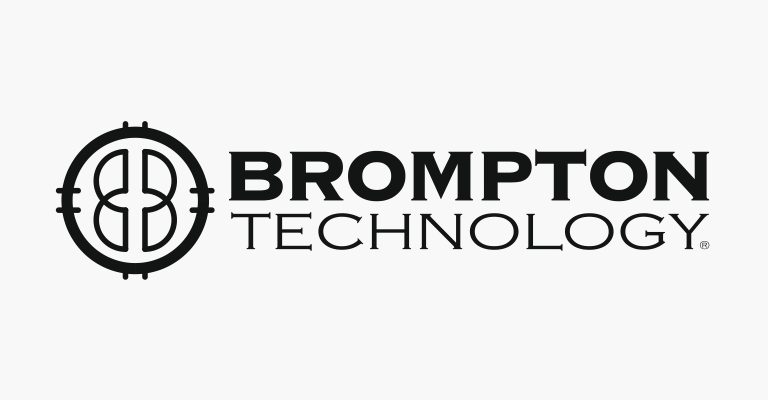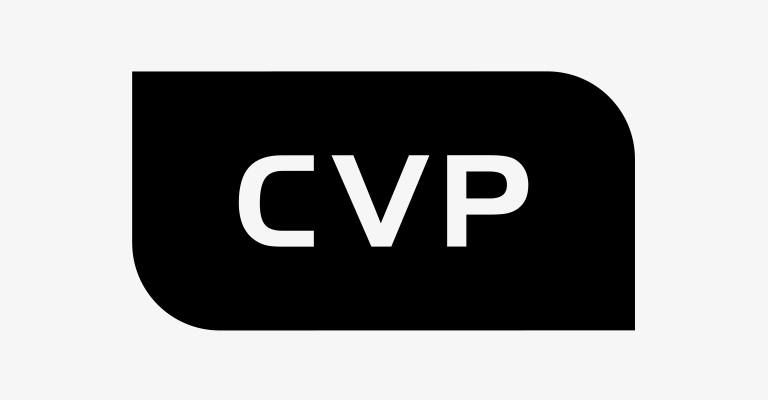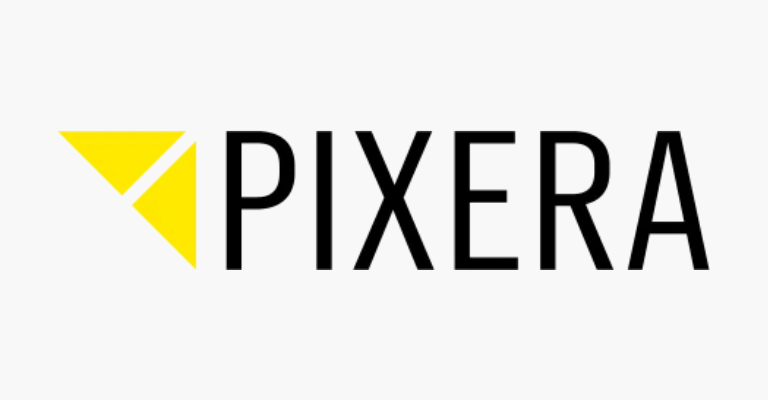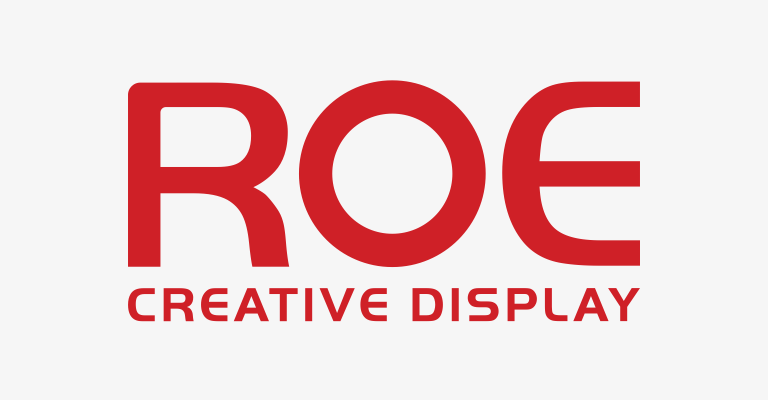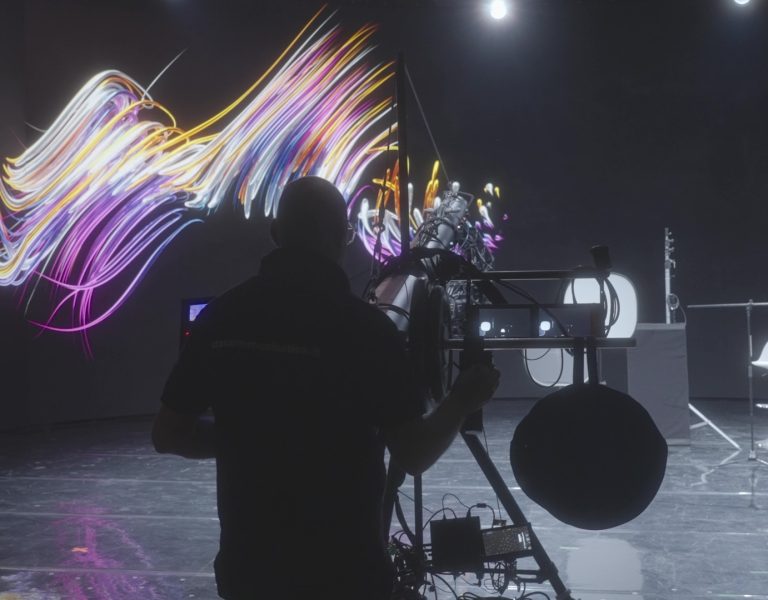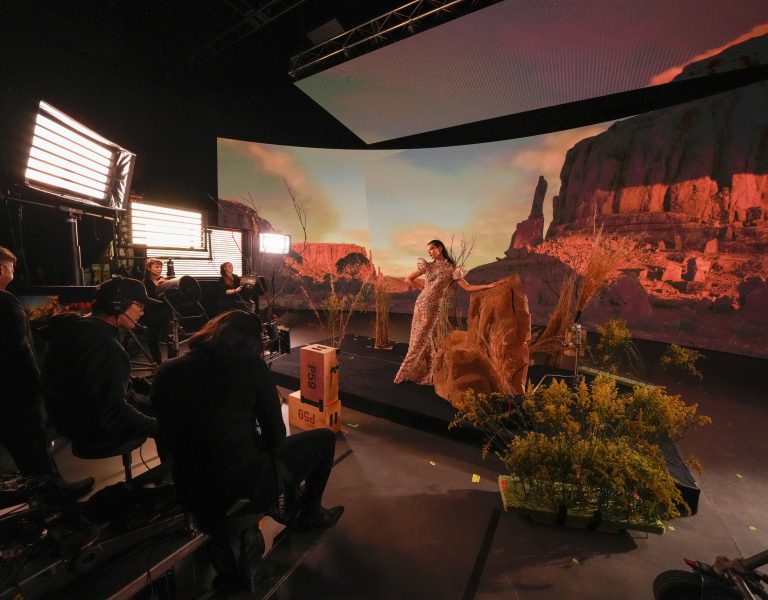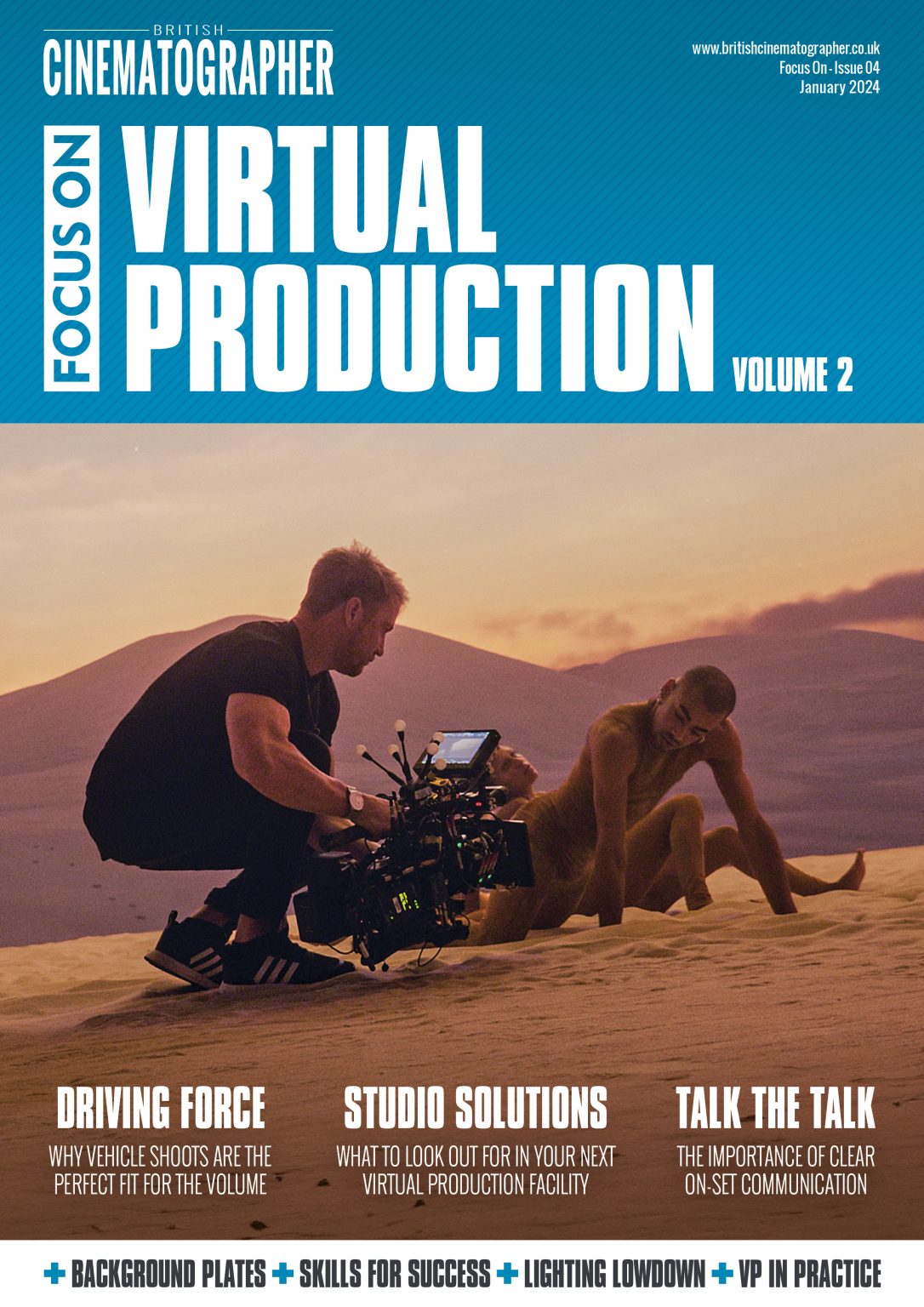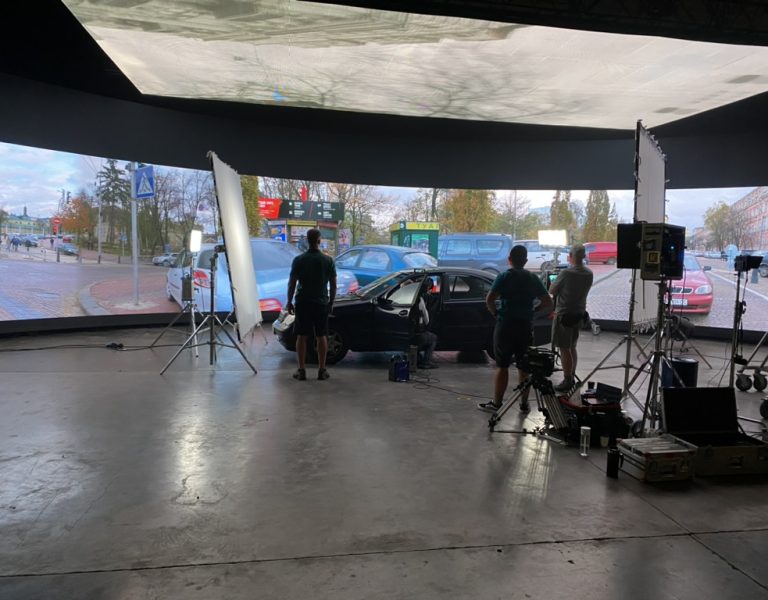As virtual production technology matures, the creative freedom it offers opens a world of possibility for filmmakers.
Virtual production, most would agree, not a topic that needs a ground-up introduction anymore. The success of several well-known productions has provoked a gold rush of new facilities and interested users, although LED walls and their associated tools are sometimes a little way from the straightforward, mainstream, push-button choice that many people would like them to be.
As techniques mature, the way virtual production works and the way productions would like it to work are moving closer together, a process Dale Elena McCready BSC NZCS has watched with interest. “About two years ago I did a two-week investigation of VP stuff for Sky Drama, trying see what the options were for us to use this for normal situations. Now it’s moved on to being a tool that people can make an informed decision about. The show I’m on now has a lot of driving material, and we’re looking at – not strictly VP, because it’s not tracked – but LED screens. It’s being more commonly used to get through schedule issues like cars.”
Car interiors are emerging as a killer application even in these early phases of virtual production, although, as McCready points out, the results sometimes belie the complexity of what goes on behind the scenes. “I find you’re still starting from scratch every time you setup. You establish what’s feeding the material through to the screens – most of it’s bespoke. You have to get it [configured] so you’re getting the most dynamic range out of the footage and camera you’re shooting with. The camera you’re shooting with is HDR, so the background has to be too. I think that’s improving, that it is starting to get more mature, so you can walk in and understand that you’re going to get the best out of your material.”
The ideal, McCready suggests, is to regularise the situation to the point where booking a virtual production facility is no different than booking any other specialist process. “I think a lot of people have jumped on the technology and are putting stages together because it’s an exciting era of filmmaking. What I haven’t seen is it becoming a service you can book, with people who know that setup incredibly well. If that’s a service company that’s up and running, they have people there full time, they have the equipment set up very well, you could just walk in and use it, like booking an underwater camera crew. I think it’s a bit too boutique and bespoke at the moment, where everyone’s trying to cobble it together.”
Such a blistering pace of change has made it easy to forget just how young a discipline virtual production really is. McCready reminds us that “we’re a hundred years down the road on film cameras, and decades into video, where the processes and technologies are so mature they’re almost invisible.” And even now, she goes on, the benefits often make the process worthwhile both creatively and financially. “The ability to get things in camera on a stage can give you the freedom to make creative decisions that you otherwise wouldn’t. We were doing a cut between a very vibrant drone shot on a road, and we ended up whip panning to find the actor… we were able to capture it on stage and look at the edit between the two bits of material. It gave us the ability to respond to what’s in front of us. It’s hard to do that on a green screen.”
Ed Moore BSC sees much the same variation in technology and technique, as well as a large and growing proportion of productions. “I would say it’s a conversation that happens on every production above a certain budget level now, whether there’s going to be some aspect of VP. I haven’t personally needed to do anything that’s a full camera track. We’ll refer to volumes if it’s camera-tracked, if it’s Unreal. Everything I’ve done has been – for want of a better term – fancy translites, which have their own benefits for their own reasons, but also all sorts of drawbacks.”
Moore’s experience confirms the idea that vehicle interiors are becoming a favourite application for virtual production. “The Last Bus for Netflix was the first one. It involved a huge amount of stuff with kids on a double-decker bus, and for practicality’s sake they’d surrounded the bus with LEDs. When we did Hijack, which is a show entirely set on a plane, we really didn’t want to use green screen and to have every single shot be VFX. Also, because we were in Apple’s studios, which had recently housed Masters of the Air which did a lot of stuff with Lux Machina, we not only inherited the two large volumes, we also inherited the Lux team as well.”
In that sort of well-appointed situation, Moore confirms, virtual production can be a boon – albeit one which moves the complexity from after the shoot to before and requires a certain willingness to rise above the politics. “It’s lovely to have this basic idea of getting shots working in camera. It just requires a lot of thought in pre-production as to how that’s going to work, and for it to be effective, it’s really, really important for everyone involved to be clear about what their expectations are for the in-camera composite – what do you think looks acceptable for a finished shot? You can easily be put in a situation where you’re all looking at each other sideways and thinking ‘is this the final thing? It doesn’t look that great,’ but at that point so much money has been spent you have to go on with where you’ve got to.”
The practical benefits, of course, are easy to like, though Moore describes a need to maintain a dispassionate assessment of the results. “It’s great to remove green spill from sets and I think the video plate stuff is coming on pretty well there’s now lots of vendors. It makes perfect sense to just have a big library of day and night locations, to go into a nice air-conditioned studio where you can shoot eight to seven. Compared to the hellscape of low loaders that’s really attractive. But so far, I’ve never been so convinced by an LED process that it wouldn’t be better to do it for real. It’s certainly a lot more practical from a production point of view, but you get into all sort of sticky areas like perspective and what needs to be moving at certain speeds compared to your field of view… it worked on Hijack because you don’t need to adjust perspective on a cloud that’s two miles away.”
Moore sums the situation up as “a gradual process – a cocktail where you’re waiting for the ingredients to sink down in the glass… to take it from being a buzzword to something that’s making it quicker, faster, better. There are people coming in from gigantic productions which are almost science lab tests in their own right… and there’s a process of translating that super-high-end stuff into rank-and-file everyday production. When it’s up and running, when it’s not the tail wagging the dog, ultimately everything that’s happening as it should be on the film set is about making a good working environment for actors and directors to do their work. For the actors to sit in the flight deck to look out and see the crash landing – that’s all really good stuff.”
–
Words: Phil Rhodes



